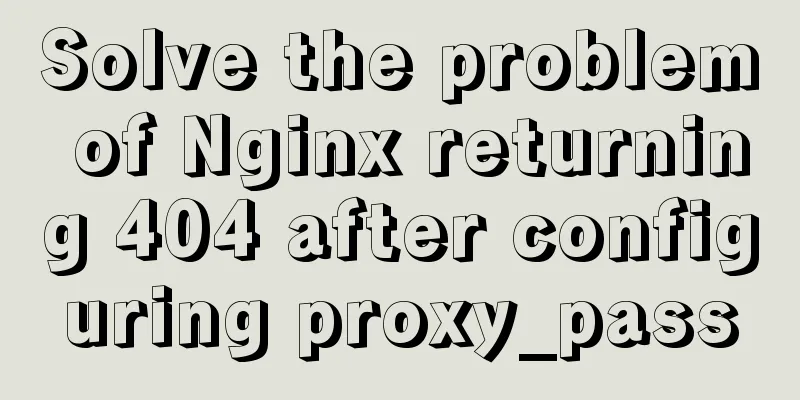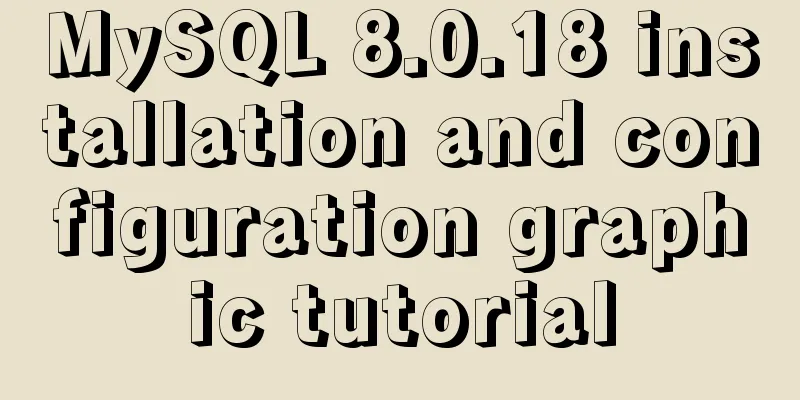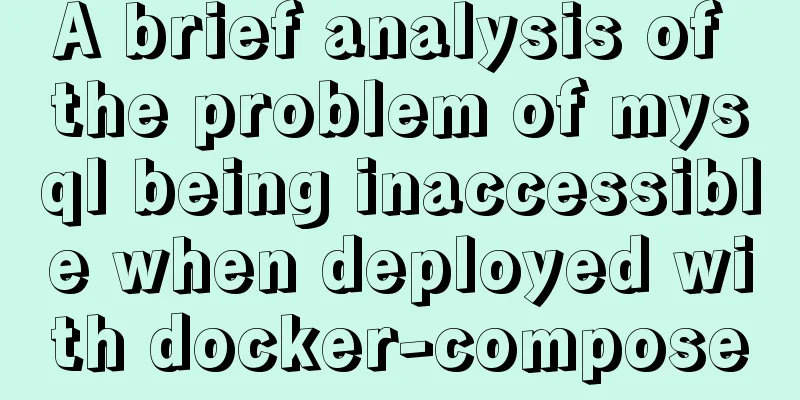A brief discussion on JavaScript throttling and anti-shake

Throttling and anti-shakeBackground : When we frequently request resources, interfaces, and other things, it will cause frequent Dom operations, high interface pressure, and so on, resulting in performance degradation. For example, sometimes I would suddenly hit the enter key every time I searched, and when the network connection was not very good, I would keep clicking the next page button. It might be because of the bad network or the low server performance. In order to avoid frequently triggering the same event or request, throttling and anti-shake are used at this time. what? What is this? When I first heard these two names, I thought they meant saving data traffic and preventing hand shaking. I was puzzled and started to learn immediately. concept:Simply put: throttling and anti-shake are two solutions to prevent events from being triggered multiple times in a short period of time. They all use the method of reducing the number of requests to reduce pressure and improve performance. the differenceThrottling : Only one request will be made within a certain period of time. It can be understood as: on a bus, each person is a click request, a bus runs every ten minutes, and a request is sent Anti-shake : The function can be executed n seconds after the event is triggered. If the event is triggered within n seconds, the execution time will be recalculated. For example, if I keep clicking a button for a period of time, a request will be sent based on the last click. Throttling Implementation Solution: Using a timestamp (occurring at the beginning of a period of time) is to calculate The current click time - the last time the function was executed > the timestamp I set, the function is executed once Disadvantages: The first trigger is triggered directly, and the last trigger cannot be triggered within a period of time Let's take a scenario where we search for data and initiate a request without doing any processing. The request must be too frequent.
Throttling functionCode:
<body>
<div>
<span>Throttling</span><input id="input" type="text">
<button id="btn">Request</button>
</div>
</body>
<script>
var btn = document.getElementById("btn")
btn.addEventListener("click", throttle(output, 1000)) //Add click event listener function output(e) {
console.log(this, e)
console.log(document.getElementById("input").value) //Simulate a request}
//Throttling function function throttle(fn, delay) { // fn is the function to be executed, delay is the delay time var last = 0; //The last end time return function () {
var cur = Date.now()
console.log(cur-last)
if (cur - last > delay) {
fn.apply(this, arguments) //Execute function last = cur //Update the last time}
}
}
</script>
Effect:
Anti-shake implementation Solution: Timer (occurs when the timer ends). Disadvantages: The first time does not trigger, the last time is delayed It is to set a timer. If you keep clicking, the timer will be cleared and the last time the timer is turned on Anti-shake functionCode:
<body>
<div>
<span>Anti-shake processing</span><input id="input" type="text">
<button id="btn">Request</button>
</div>
</body>
<script>
var btn = document.getElementById("btn")
btn.addEventListener("click", debounce(output, 1000)) //Add click event listener function output(e) {
console.log(this, e)
console.log(document.getElementById("input").value) //Simulate a request}
function debounce(fn, delay) { // fn is the function to be executed, delay is the delay time var time = null; //timer return function () {
clearTimeout(time); //Clear timer let context = this; //Get the current button context If not specified, the arrow function will always look out to find the window
let args = arguments;
time = setTimeout(() => {
fn.apply(context, args);
}, delay);
}
}
</script>
Effect:
Anti-shake upgraded versionFirst trigger and last delayed trigger Code:
function throttle(fn, delay) { // fn is the function to be executed, delay is the delay time let time = null
let flag=true //Is it the first time to trigger return function () {
clearTimeout(time)
if (flag) {
fn.apply(this, arguments)
flag=false
}
time = setTimeout(() => { //Trigger timer fn.apply(this, arguments)
flag=true
}, delay)
}
}
Effect:
SummarizeThis article ends here. I hope it can be helpful to you. I also hope you can pay more attention to more content on 123WORDPRESS.COM! Throttling and anti-shakeBackground : When we frequently request resources, interfaces, and other things, it will cause frequent Dom operations, high interface pressure, and so on, resulting in performance degradation. For example, sometimes I would suddenly hit the enter key every time I searched, and when the network connection was not very good, I would keep clicking the next page button. It might be because of the bad network or the low server performance. In order to avoid frequently triggering the same event or request, throttling and anti-shake are used at this time. what? What is this? When I first heard these two names, I thought they meant saving data traffic and preventing hand shaking. I was puzzled and started to learn immediately. concept:Simply put: throttling and anti-shake are two solutions to prevent events from being triggered multiple times in a short period of time. They all use the method of reducing the number of requests to reduce pressure and improve performance. the differenceThrottling : Only one request will be made within a certain period of time. It can be understood as: on a bus, each person is a click request, a bus runs every ten minutes, and a request is sent Anti-shake : The function can be executed n seconds after the event is triggered. If the event is triggered within n seconds, the execution time will be recalculated. For example, if I keep clicking a button for a period of time, a request will be sent based on the last click. Throttling Implementation Solution: Using a timestamp (occurring at the beginning of a period of time) is to calculate The current click time - the last time the function was executed > the timestamp I set, the function is executed once Disadvantages: The first trigger is triggered directly, and the last trigger cannot be triggered within a period of time Let's take a scenario where we search for data and initiate a request without doing any processing. The request must be too frequent.
Throttling functionCode:
<body>
<div>
<span>Throttling</span><input id="input" type="text">
<button id="btn">Request</button>
</div>
</body>
<script>
var btn = document.getElementById("btn")
btn.addEventListener("click", throttle(output, 1000)) //Add click event listener function output(e) {
console.log(this, e)
console.log(document.getElementById("input").value) //Simulate a request}
//Throttling function function throttle(fn, delay) { // fn is the function to be executed, delay is the delay time var last = 0; //The last end time return function () {
var cur = Date.now()
console.log(cur-last)
if (cur - last > delay) {
fn.apply(this, arguments) //Execute function last = cur //Update the last time}
}
}
</script>
Effect:
Anti-shake implementation Solution: Timer (occurs when the timer ends). Disadvantages: The first time does not trigger, the last time is delayed It is to set a timer. If you keep clicking, the timer will be cleared and the last time the timer is turned on Anti-shake functionCode:
<body>
<div>
<span>Anti-shake processing</span><input id="input" type="text">
<button id="btn">Request</button>
</div>
</body>
<script>
var btn = document.getElementById("btn")
btn.addEventListener("click", debounce(output, 1000)) //Add click event listener function output(e) {
console.log(this, e)
console.log(document.getElementById("input").value) //Simulate a request}
function debounce(fn, delay) { // fn is the function to be executed, delay is the delay time var time = null; //timer return function () {
clearTimeout(time); //Clear timer let context = this; //Get the current button context If not specified, the arrow function will always look out to find the window
let args = arguments;
time = setTimeout(() => {
fn.apply(context, args);
}, delay);
}
}
</script>
Effect:
Anti-shake upgraded versionFirst trigger and last delayed trigger Code:
function throttle(fn, delay) { // fn is the function to be executed, delay is the delay time let time = null
let flag=true //Is it the first time to trigger return function () {
clearTimeout(time)
if (flag) {
fn.apply(this, arguments)
flag=false
}
time = setTimeout(() => { //Trigger timer fn.apply(this, arguments)
flag=true
}, delay)
}
}
Effect:
SummarizeThis article ends here. I hope it can be helpful to you. I also hope you can pay more attention to more content on 123WORDPRESS.COM! You may also be interested in:
|
<<: Gogs+Jenkins+Docker automated deployment of .NetCore steps
>>: Web front-end development experience summary
Recommend
In-depth understanding of uid and gid in docker containers
By default, processes in the container run with r...
A complete guide to clearing floats in CSS (summary)
1. Parent div defines pseudo-classes: after and z...
MySQL sorting Chinese details and examples
Detailed explanation of MySQL sorting Chinese cha...
Tutorial on compiling and installing MySQL 5.7.17 from source code on Mac
1. Download and unzip to: /Users/xiechunping/Soft...
Detailed tutorial on compiling and installing MySQL 5.7.24 on CentOS7
Table of contents Install Dependencies Install bo...
Centos7 startup process and Nginx startup configuration in Systemd
Centos7 startup process: 1.post(Power-On-Self-Tes...
Detailed explanation of Linx awk introductory tutorial
Awk is an application for processing text files, ...
18 Amazing Connections Between Interaction Design and Psychology
Designers need to understand psychology reading n...
Install Python virtual environment in Ubuntu 18.04
For reference only for Python developers using Ub...
Analysis of the process of simply deploying nginx in Docker container
1. Deploy nginx service in container The centos:7...
Simple implementation of handheld barrage function + text shaking special effects code based on JS
There was a shaking barrage on TikTok a while ago...
A brief discussion on the differences and connections between .html, .htm, .shtml, and .shtm
As we all know, the web pages, websites or web pag...
What is MIME TYPE? MIME-Types type collection
What is MIME TYPE? 1. First, we need to understand...
Solution to the problem of not finding Tomcat configuration in Intelli Idea
I joined a new company these two days. The compan...
MySQL InnoDB row_id boundary overflow verification method steps
background I talked to my classmates about a boun...













